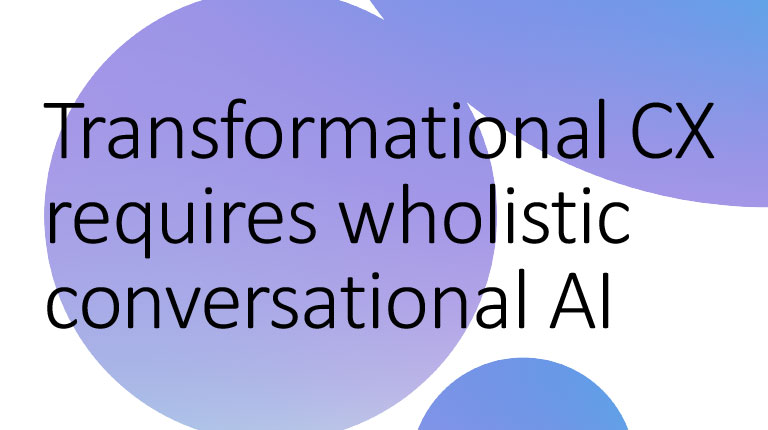What a difference a year can make. Let your mind go back in time to Q4 of last year: a time of wanton consumerism and high hopes. Post-Black Friday, shoppers pumped $730.2 billion into the US economy during the 2019 holiday shopping season. You probably contributed to this yourself, as you desperately searched in stores and online for that must-have toy or perfect present. Coming out of the holiday shopping season there was a newfound sense of optimism and the fervent belief that nothing could stop the American consumer. National Retail Federation President & CEO Matthew Shay noted back in mid-January that – before COVID-19 effectively changed the retail marketplace – “this is a consumer-driven economy.”
Fast forward to today. Overall, we have seen most retail sales slump and stall since the middle of the first quarter due largely to the global pandemic and resulting consumer uncertainty. Bedrock brands with storied histories like Brooks Brothers, J.C. Penney, and Macy’s have all gone into bankruptcy and are closing storefronts, liquidating inventory, and desperately seeking a lifeline. Other retailers are being forced to reinvent themselves in a myriad of ways to embrace the new ways consumers are shopping. McKinsey noted as such recently when it said that e-commerce as a percentage of total shopping in the US has risen from roughly 16% of all retail sales at the start of 2020 to nearly 34% at the end of the first quarter – an exponential rise that has seen nearly 10 years’ growth in a mere 3 months. The reasons for that unfettered growth in e-commerce are obvious: the COVID-19 pandemic and resulting lockdown and consumer fears (both latent and hidden) around contracting the disease and being in crowded stores and malls, many of which were also forced to close their doors until reopening.
Is this tectonic shift from window shopping at a local plaza or mall to “window shopping” from your laptop or smartphone solely due to COVID-19, or is it something which will shake retail sales to its core for years to come? After all, online commerce and at-home delivery has been an emerging part of retail shopping since the days when Jeff Bezos was managing a small eBook store in the Seattle suburbs in the mid-90s. Still, high-end malls, pop-up stores, big-box chains, and local strip malls filled with discount stores, auto parts dealers, and more still had a grip on the American landscape and Main Street. Observers like Oliver Guy in RetailWire noted though that the old school retailers, who relied on the brick-and-mortar storefront for the majority of their sales were hesitant to change and that trepidation is hurting them now. Guy notes “Many retailers did not change, however, and those without a strong online presence are now failing. This is not a temporary phenomenon. The retail industry was changing before the virus and now it is forced to change further.”
For example, we’ve seen the customer base of pure-play e-commerce brands and services that do the shopping for you explode this year. Meanwhile, recent great earnings results from retailers like Walmart, Target, Home Depot and a few others underscore just how prescient their investment in e-commerce infrastructure and operations were as they’ve been realizing mega sales online, offsetting the loss of traffic and sales which continues to haunt a vast majority of brick-and-mortar stores due to the pandemic.
What remains constant though, to paraphrase the NRF’s Matthew Shay, is that the consumer is still in the driver’s seat. They’re driving new ways to fulfill orders and new ways to experience a brand. This doesn’t mean shoppers have to get in their car and drive to stores to browse and peruse the selection. Instead, many consumers use apps, order online, and only travel out to a store to await a masked store associate meeting their car at a designated curbside pick-up location who then quickly places the goods inside a back seat or trunk. Consumers are willing to change their shopping habits and the brands they choose as well and those retailers had better react and adjust to those changes. McKinsey reports that 75% of consumers have tried different retail stores and brand websites as a result of the pandemic and that a full 60% of those consumers expect to integrate those new stores and brand websites into their post-COVID-19 lives.
Out of necessity, many retailers have put their energies into their online storefronts, their apps, into local store inventory and fulfillment capabilities, and even into training in-store associates how to safely handle products and assist customers in loading up their vehicles when they choose curbside pickup to get what they need. Despite all these hoops that retailers are jumping through to make the new normal in shopping safe, easy, and as-near-to-normal as possible, for the most part, retailers are not focusing on driving better customer experience. With such large numbers of consumers trying different stores and brands out of necessity and many of those same consumers saying they may continue to shop those stores post-pandemic, what can retailers do to spur sales growth and assure exponential growth when we emerge from the shadows of COVID-19?
In conclusion, those in charge of customer care/customer experience in retail are under more pressure than ever before. How they are handling the changes that have occurred in shopping is paramount to their brand’s continued success and in some cases the brand’s survival. Many retail observers feel the way we try, buy, search, size, order, experience, return, and rejoice in our shopping experience has been transformed forever due to this pandemic. Probably the best way to invest in transforming your customer service to ensure consumers’ needs are met across channels is by providing a seamless and consistent customer care experience every time, whether on the phone, online, in-store or via your app.
Are you poised for this re-set in expectations for customer care for your retail brand?





